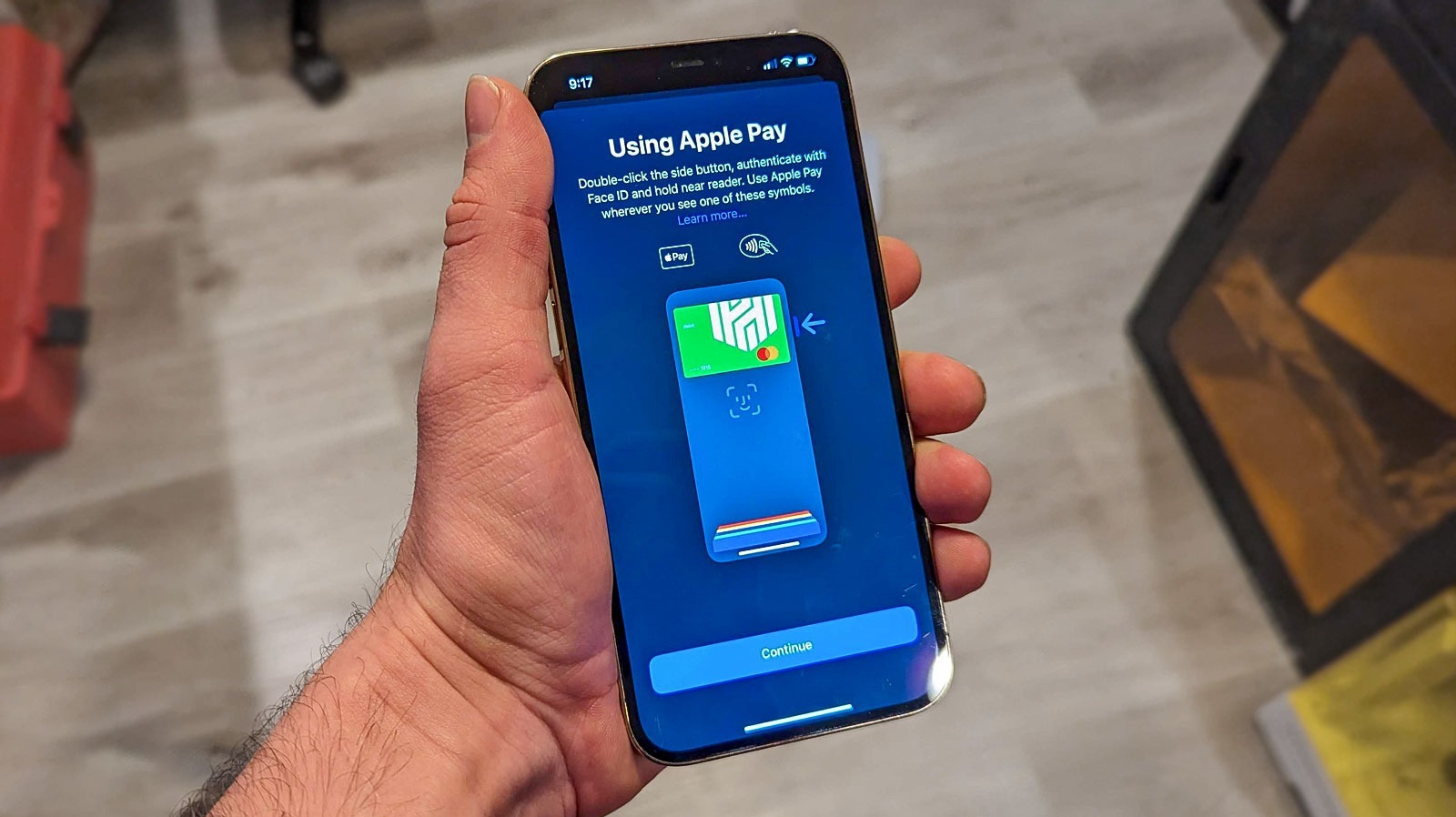BNPL executives and other advocates argue that, without the ability to buy certain products with low or no fees, consumers with poor credit would be unable to buffer against unexpected needs and hardships… a critical component of cash management. Some consumers will use BNPL irresponsibly, just as they would use any credit irresponsibly, but if BNPL doesn’t work for two in five users, it apparently does for the other three. And BNPL users are disproportionately people of color and are likely to be younger, according to Morning Consult, which means both the negative and positive aspects of BNPL will affect those communities more than others.
While 22 percent of respondents to a Debthammer survey say that they regret using BNPL programs, 65 percent say that BNPL made their purchase possible and 27.8 percent say they used BNPL for a necessity they couldn’t otherwise afford. In the context of cash management, this is a big deal. Almost half of Americans couldn’t afford to pay for a $400 emergency expense in May of 2022, according to YouGov research. What’s worse, the average emergency expense is actually about $1,400. With 59 percent of Americans living paycheck-to-paycheck (including 43 percent of those who make $100,000 or more, according to LendingClub), there’s reason to value such financial flexibility.
Consumer Reports is critical of BNPL and points users to credit cards instead, citing added consumer protections and the value of financial flexibility. Flexibility, of course, is exactly the role BNPL programs seek to fill. The credit score system in general disadvantages the poor, so BNPL programs that report to credit bureaus are providing a means of boosting credit scores and addressing that inequity. Unfortunately, Apple will handle its own lending, and claims it will not report missed payments to credit bureaus.

